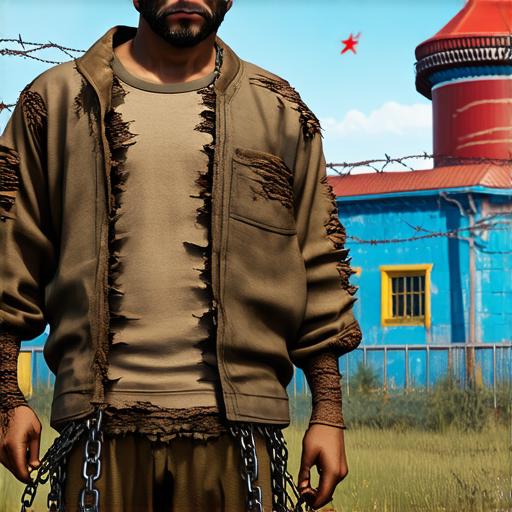Introduction
Prison games have been a popular genre in video games for decades. These games provide players with an immersive experience of what it’s like to be incarcerated, from the daily routines and challenges to the psychological and emotional toll that prison life can take on individuals.
The History of Prison Games
The roots of prison games can be traced back to the early days of video games, with the release of “Pong” in 1972. While not explicitly a prison game, “Pong” was designed to simulate the experience of being stuck in traffic and could be played with two players.
Later in the decade, “Breakout,” also known as “Brickbreaker,” was released in 1978 by Atari. In this game, players control a paddle that bounces a ball off walls to destroy bricks. While not directly related to prison life, the concept of destruction and breaking through barriers is reminiscent of the experience of escaping from prison.
The Impact of Prison Games on Society
Prison games have had a significant impact on society, both positively and negatively. On the positive side, these games provide an immersive experience that can help people better understand the challenges faced by those who are incarcerated. By putting players in the shoes of prisoners, they gain a deeper empathy for those who are serving time and the difficulties they face.
What Video Game is the Gulag From?
As mentioned earlier, “The Gulag” was developed by Soviet programmer Alexei Leontiev in the 1980s. The game was designed to simulate life in a Soviet gulag, with players taking on the role of prisoners and completing tasks such as collecting food, building their own cells, and avoiding guards.

Comparing Prison Games to Real Life
It’s important to compare prison games to real life to better understand their impact on society. While prison games can provide players with a unique and immersive experience, they are ultimately a form of entertainment. In contrast, real-life experiences in prisons are often characterized by violence, trauma, and a lack of basic human rights.
Expert Opinions on Prison Games
To gain a better understanding of the impact of prison games, it’s important to hear from experts in the field. One expert who has studied the impact of video games on society is Dr. Shawn Graham, an associate professor at Simon Fraser University.
Video games can be both positive and negative for society, depending on how they are designed and played.
Another expert who has studied the impact of prison games is Dr. Richard VanDalen, an associate professor at the University of California, Berkeley.
Prison games can be a powerful tool for educating people about the realities of prison life and the challenges faced by those who are incarcerated. However, they can also perpetuate harmful stereotypes and contribute to the normalization of violence and criminal activity.
Real-Life Examples of Prison Games
To further illustrate the impact of prison games on society, it’s important to look at real-life examples. One such example is the popular mobile game “Prison Break,” which was released in 2013.
While “Prison Break” is not explicitly a prison game, its popularity has led some to question whether it contributes to the normalization of violence and criminal activity. Some critics have argued that the game’s emphasis on escaping from prison can glorify criminal behavior and contribute to a culture of lawlessness.
Conclusion
In conclusion, prison games have had a significant impact on society, both positively and negatively. By immersing players in the experience of being incarcerated, these games can provide an important perspective on life in prisons and the challenges faced by those who are incarcerated. However, they can also reinforce harmful stereotypes and contribute to the normalization of violence and criminal activity.
